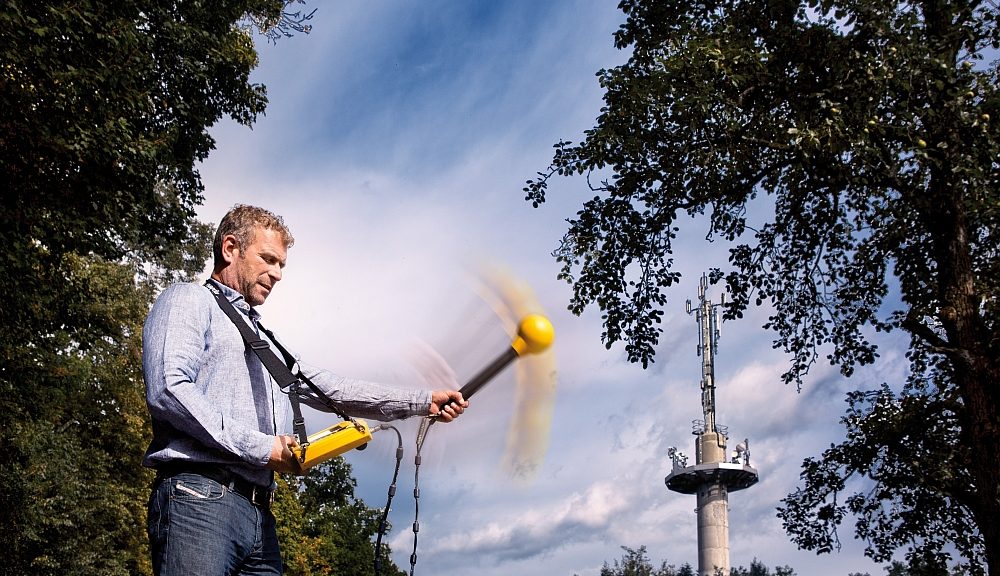- Narda Safety Test Solutions offers the LTE TDD mode option for its SRM-3006 selective radiation meter.
- The Selective Radiation Meter (SRM) technology enables the automatic extrapolation of electromagnetic field values to the maximum amount of data traffic.
- This method is recognized by international standards such as ITU-T K. 100, IEC 62232 and EN 50492.
In addition to UMTS and LTE-FDD technologies, Narda’s SRM-3006 selective strength meter can now capture and determine field strengths for LTE-TDD signals in a frequency range from 9 kHz to 6 GHz.
In all cases, legally compliant HF emissions measurements should take into account the worst-case scenario of human exposure levels. In other words, this means making measurements, where emissions are highest when the equipment is operating at maximum load.
The ICNIRP (International Commission for Non-Ionizing Radiation Protection) recommends determining the field strength of a signal that varies in power, such as the RMS value averaged over a 6-minute interval. During the total measurement time, no value must exceed the limit value. Alternatively, the maximum reliable value should be calculated by extrapolating the measured values using a relevant method.
With the SRM-3006 radiation meter and selective code measurement, post-processing on the computer becomes unnecessary. The user has total flexibility in the measurement, since he does not have to take into account either the time of day or the data traffic of the installations.
Because frequency resources are limited, LTE-TDD technology uses the same frequency bands for data traffic (upstream and downstream) between base stations and receiving equipment. With its new option, the SRM-3006 is capable of using the information contained in the signal to automatically extrapolate the maximum total exposure level and identify signal sources, even for network operators using this particular configuration. The device ensures compliance with standards for authorities, mobile network operators and service providers and ensures reliable monitoring and compliance with emission protection limits. The large number of pre-configured measuring modes simplifies complex measurement routines and helps to avoid errors.
The portable battery-operated instrument is designed for field use and the two three-axis measuring antennas are intended for mobile phone applications (field E, 27 MHz – 3 GHz and 420 MHz – 6 GHz).






